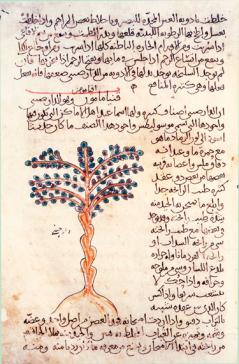The goal of this project is to continue work on a book on the history of medieval Arabic and Latin science, co-authored with Ahmed Ragab of the Department of the History of Science at Harvard and Harvard Divinity School. In the book, we use a series of geographically and chronologically sequenced objects to construct a history of medieval science that dispenses with the influential fiction that Arabic science preceded Latin science, serving only as a bridge between Greek science and West, where it provided the seedbed for the so-called birth of modern science in the sixteenth and seventeenth centuries. We show rather that medieval Arabic and Latin science developed concurrently and in communication with one another throughout the period between the mid-eighth and the mid-seventeenth century, and we argue that the constituent traditions of medieval science, which also include the Greek science that continued to be produced in the Byzantine empire long after the fall of the western Roman empire, cannot credibly be divorced from one another in the historiographical longue durée. Each chapter takes a single object of scientific knowledge and uses it to explore the shared world of science and medicine in North Africa and Central and Western Eurasia. This fall I will be working on three chapters, devoted to cinnamon as a commodity and medical ingredient in the ninth- and tenth-century Carolingian and Abbasid empires; the month of March, as described in an almanac from tenth-century Cordoba; and an astrolabe—exactly which one I hope to determine this fall.

Cinnamon tree, from the Arabic translation of Dioscorides’ De materia medica. Leiden University Library, Cod. Or. 289. This eleventh-century image is based on an original illustration by the tenth-century translator Husayn b. Ibrahim Al-Nātīlī.
Project
(2018)
A New History of Medieval Science: Knowledge and Its Objects in Latin Europe and the Islamicate World, 750–1650
- Katharine Park
